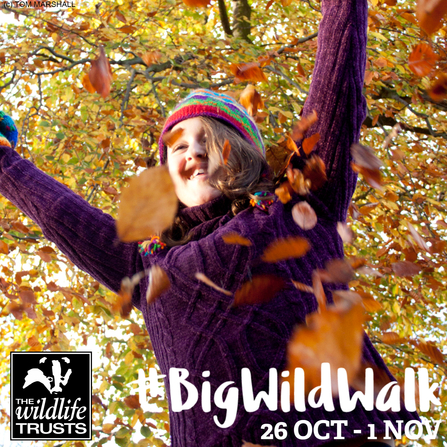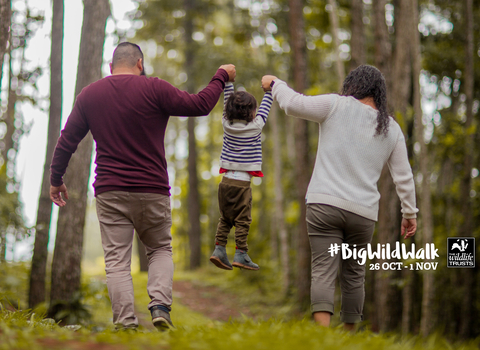Get your boots on for beavers! It’s time to walk for wildlife and show you care about the extinction crisis with The Wildlife Trusts’ Big Wild Walk, 26 October to 1 November.
The Wildlife Trusts are asking nature-lovers to fundraise to help raise vital money for their 30 by 30 projects that will restore 30% of land and sea for nature by 2030.
Get fit, have fun and raise money for wildlife! Invite the family to join in, set up a remote relay with friends or take the challenge yourself. Indoors or outdoors, front room, park or wood, treadmill or track – the choice is yours.


